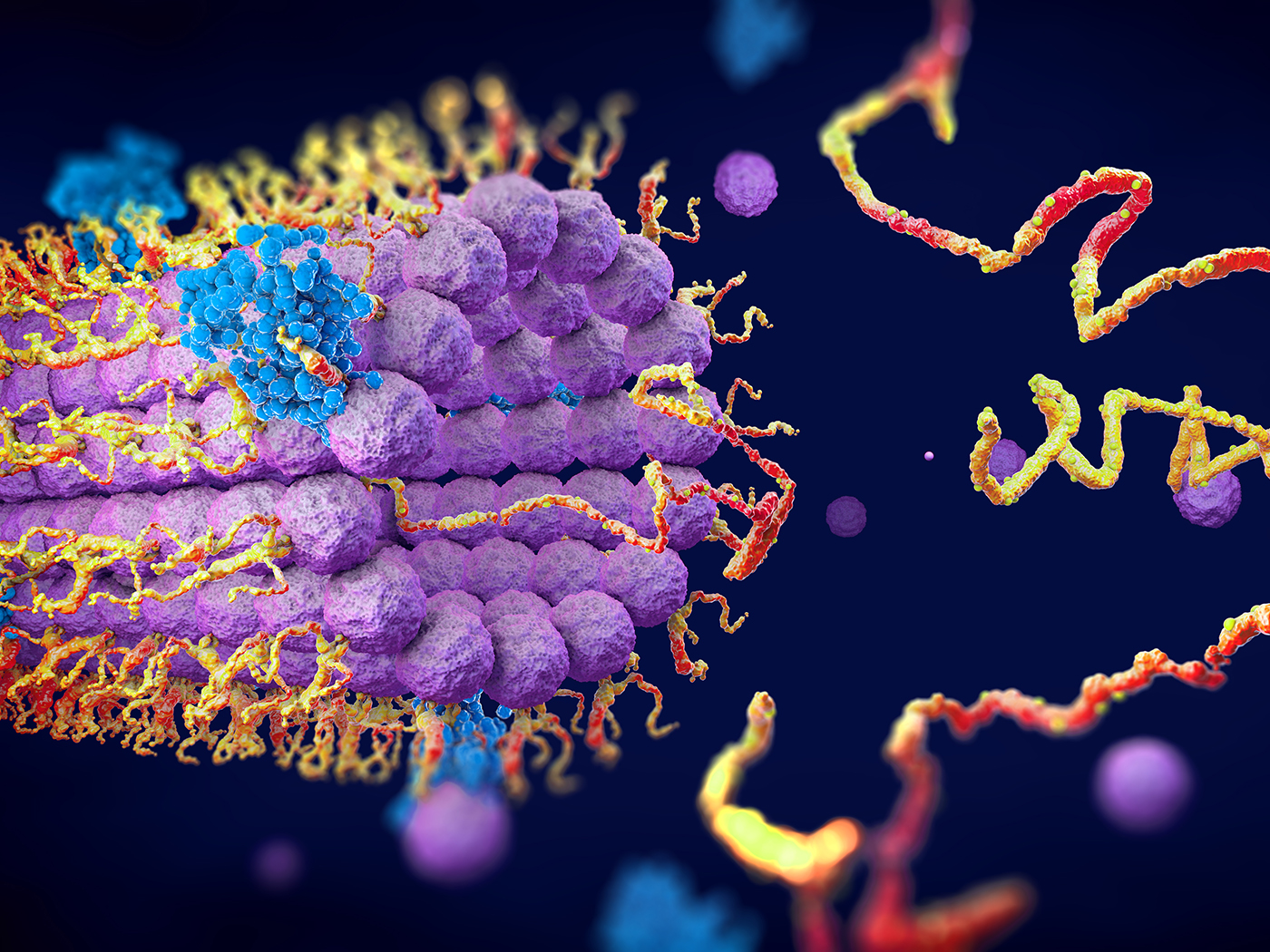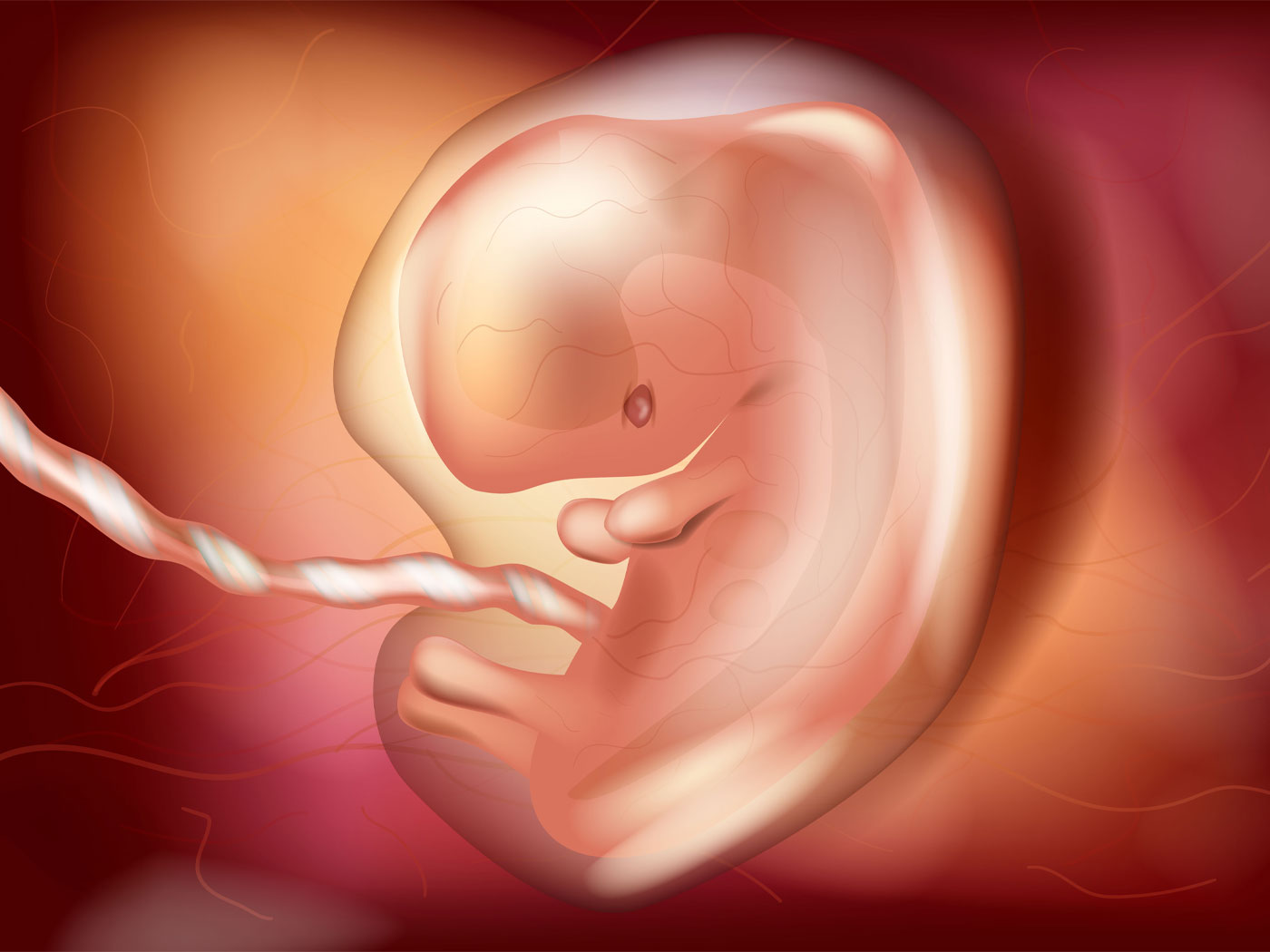On June 3, the Reuters news service reported on a potential health threat that, interestingly enough, also sheds light on one of the major flaws of evolutionary theory. The article cited a study led by Gareth Williams of Cardiff University, who examined antibacterial wipes at two Welsh hospitals and then presented his research at the American Society of Microbiology's General Meeting in Boston. Since the wipes are “antibacterial,” a hospital employee might assume that they would be safe to reuse. Williams concluded, however, that the antibacterial wipes do not kill all the bacteria on them.
If antibacterial wipes are used to clean “superbugs” (drug-resistant bacteria) off of one surface and are then reused, this would accidentally wipe bacteria onto a second surface, spreading them. Though most bacteria are not harmful, superbugs proliferate in hospital-associated wounds, where they are resistant to antibiotics. In non-hospital environments—where native bacteria are allowed to thrive and challenge non-native species—the wild bacteria quickly outgrow the superbugs to make them obsolete, or less fit.
Superbugs are serious problems, but where did they come from? The most common is a strain called methicillin-resistant Staphylococcus aureus. Wikipedia glibly states, “It has evolved an ability to survive…penicillin, methicillin, and cephalosporins.”1 The online encyclopedia does not mention that the gene that confers antibiotic resistance typically resides on plasmids, which are free-floating loops of DNA that were manufactured by other bacteria and released. Regular old Staph. aureus is not normally harmful, but when a single bacterium acquired the methicillin-resistant plasmid from its immediate environment, it and its descendants became more fit to survive in the antibiotic-laden environment of hospitals.
Here we have the typical equivocation. Evolution is described in textbooks as the way that nature manufactures new genetic information from nothing. However, when this superbug “evolved,” no new information was generated. Rather, old information from an old plasmid was acquired by the bacteria, which used its well-designed DNA acquisition machinery. It is more reasonable to conclude that bacteria were intentionally designed to survive well, just as man was designed to be able to “subdue the earth” (Genesis 1:28) and combat this harmful variant of bacteria through his God-given ingenuity.
Reference
1. Methicillin-resistant Staphylococcus aureus. Wikipedia.org. Accessed June 4, 2008.
* Mr. Thomas is Science Writer.
Article posted on June 5, 2008.






















